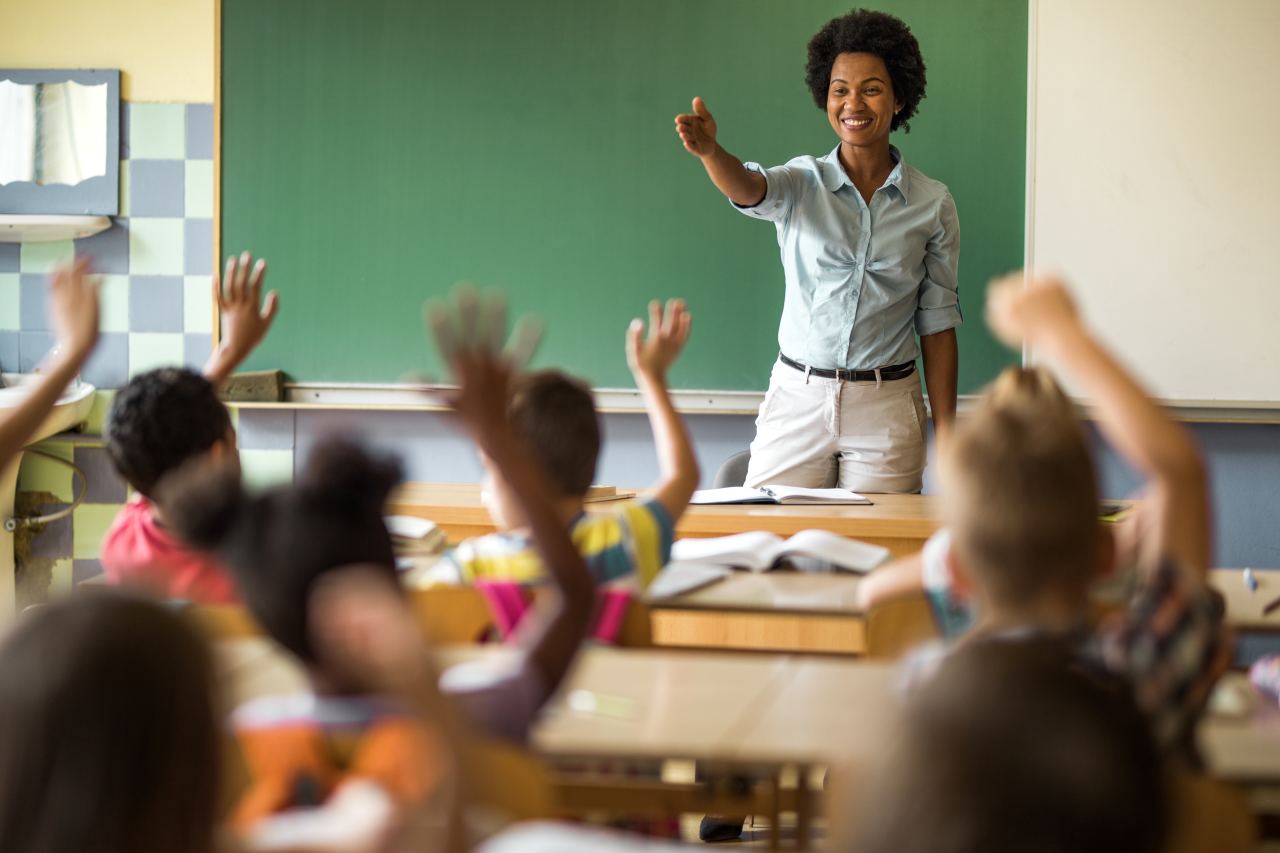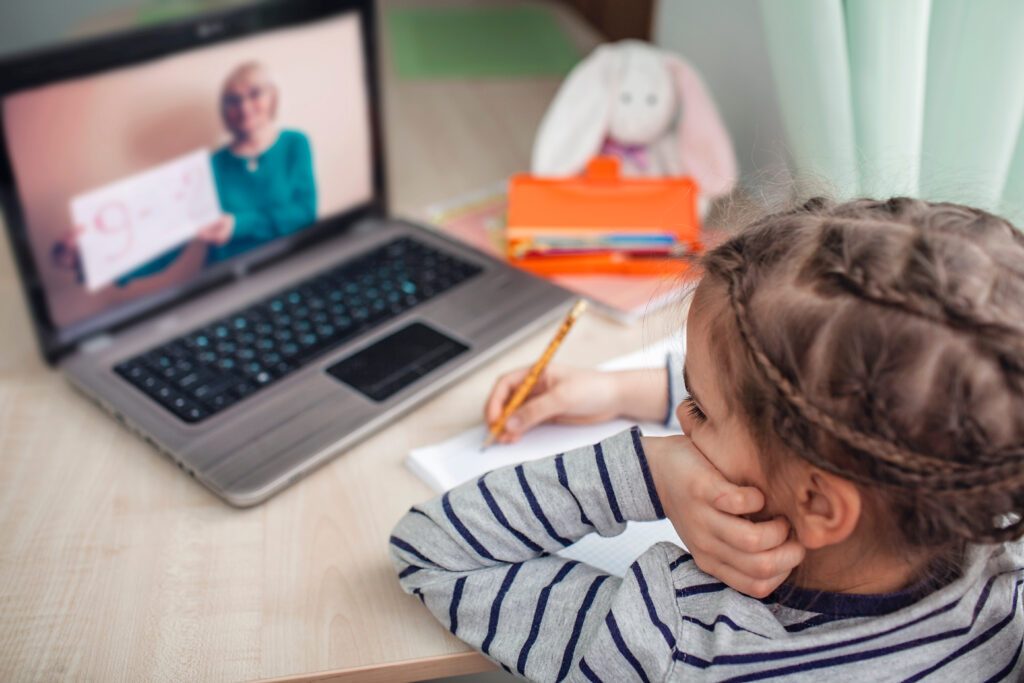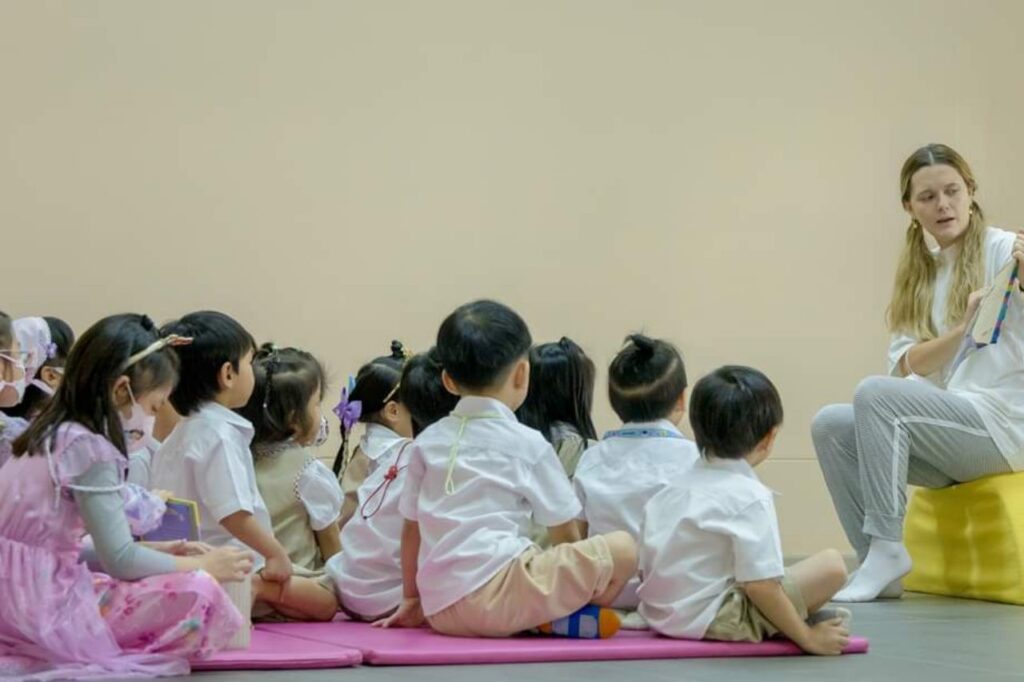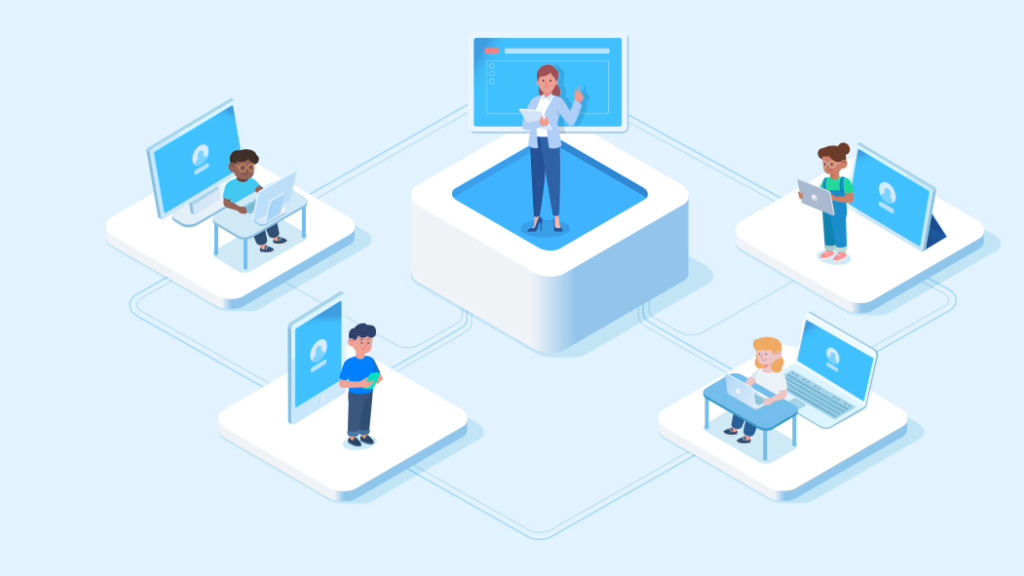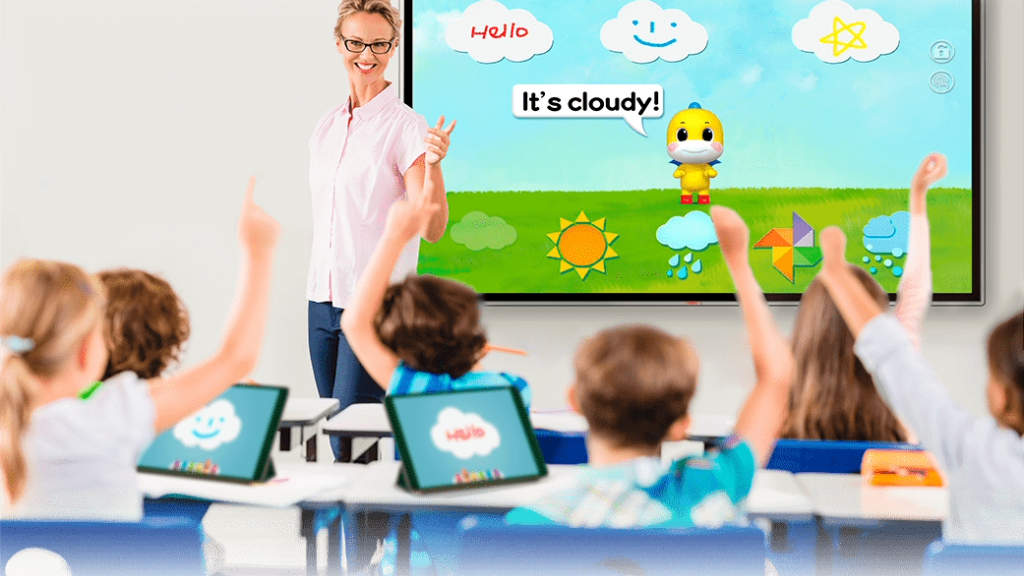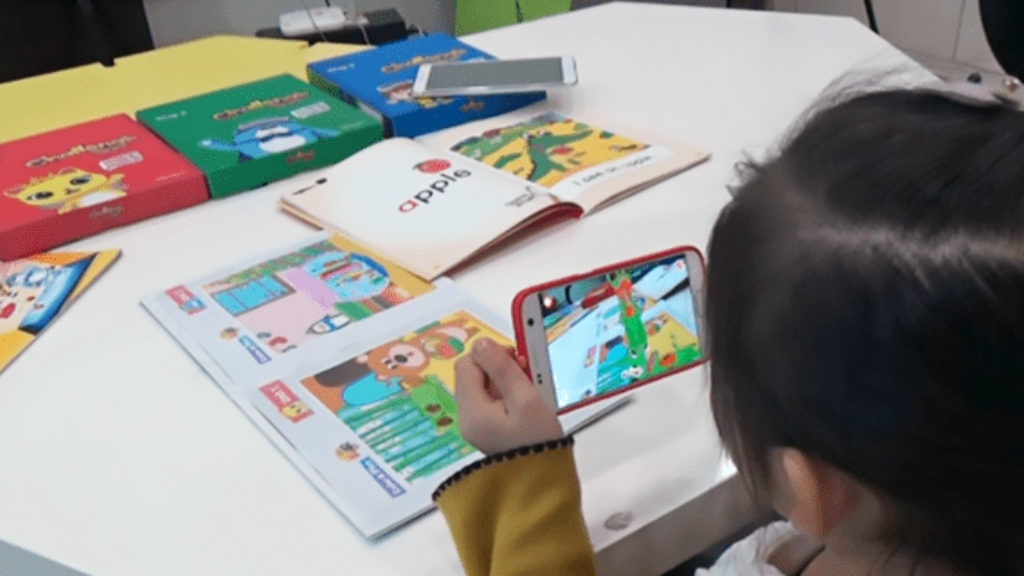Most teachers have prior experience handling or teaching large classes. Also, they probably felt conducting or managing these large classes took a lot of work. According to education experts, class sizes should be kept small, particularly in the early grades. However, due to practical problems such as budget cuts or teacher shortages, teachers have no choice but to teach large classes.
Teaching large classes: myths and facts
Are small classes always effective?
While we might believe small classes are better for learning than large ones, this is not always true in every field. A new study on recent trends in math and science education was published. It has been shown that smaller class sizes do not result in higher grades and achievement. As a result, student achievement and learning effectiveness vary depending on factors such as the country, the subject taught, and various cognitive and non-cognitive skills.
However, we cannot deny the advantage of having fewer students in the classroom: teachers can individually attend to students easily and maintain control. For these reasons, most teachers prefer smaller classes.
Still, little research consistently shows the benefits of teaching small classes. We found that most studies failed to evaluate how class size influences the overall subject taught as well as attention or cognitive abilities.
The reason why small classes are effective
According to experts, reducing class sizes does not automatically result in greater student performance. Many additional classroom processes and resources must function effectively together for successful student learning. Experts have investigated why small classes often perform well. As a result, the theory was that smaller classes helped students more than larger ones because these schools had more resources and funds. These conclusions are dependent on having excellent teachers.
Things to consider when teaching large classes of children
Finding time to get to know students personally is one of the biggest challenges of teaching large classes. To achieve this, teachers must plan ahead of time. This preparation allows teachers to better understand and engage students in their learning than ever before.
Set learning goals
When teachers set a clear learning path for students, their learning journeys will become easier and more efficient. Also, setting learning goals can reduce the amount of material that needs to be prepared in the future.
Reduce the materials
Too much material consumes too many of the teachers’ resources. You may believe that covering a large amount of material will allow you to cover rich learning content, however, this can also lead to poor results. Children tend to absorb less information when exposed to a large amount of material. Rather than attempting to employ all content harshly, teachers should cut out unnecessary information. It is a good idea to focus on the following elements, especially in large classes:
- Key principles and general topics
- Examples and illustrations
- Materials that are of the highest interest and importance to students
Remember. You can’t cover everything in a limited number of subjects. Excessive information, on the other hand, may be ineffective.
Encourage student participation
What the teacher advises young students to do is more important than the teacher’s actions in class. Children have a hard time sitting still, listening, and concentrating. Their attention spans can often be less than 20 minutes. As a result, when learning something, children must periodically stop focusing and try to do something different.
Teachers must communicate with their students more frequently and plan classes to stimulate their participation and interest.
Provide more and shorter feedback
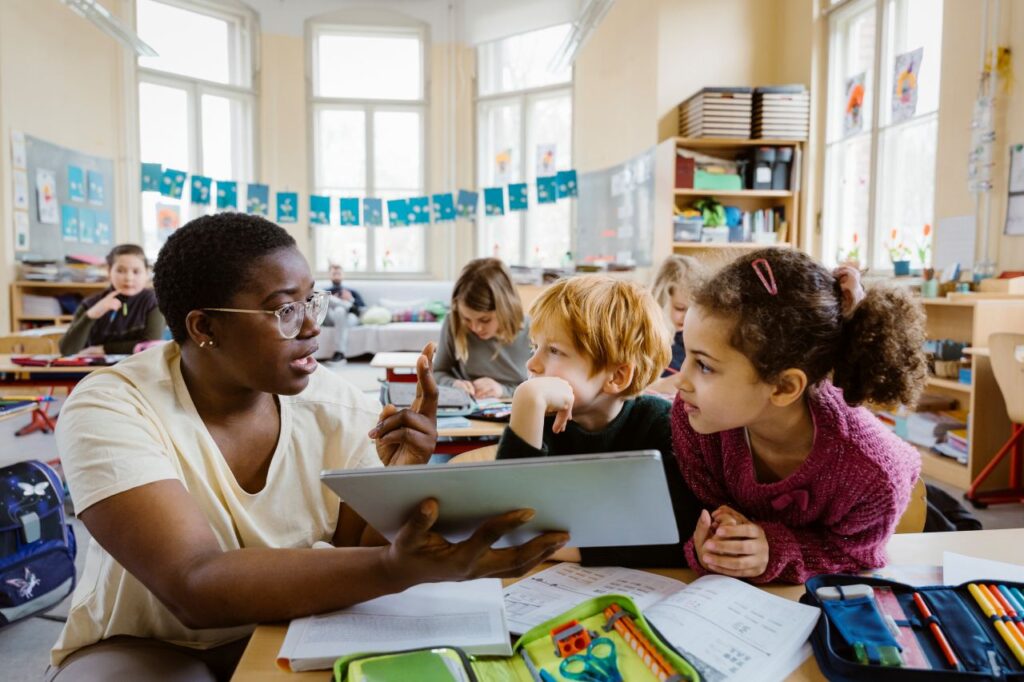
Teachers can spend less time worrying about the learning curriculum by providing frequent feedback on class progress. There is no reason to evaluate students only based on their grades. Diverse, fast, and regular formative evaluations help children accurately determine their weak areas. It also helps in increasing student engagement.
Teachers, for example, can regularly ask students about the pace of the class, the use of learning tools, the proper use of examples, the flow of the lesson, or anything else they want to know.
Assess student understanding and adjust content
Tracking individual progress can be challenging when teaching large classes. In such cases, consider asking students to participate in a brief, anonymous survey. Also, make sure you measure whether students fully understand the concept taught.
Teachers can immediately identify their students’ level and adjust content accordingly. They can also save time by not explaining concepts students already understand, and they can follow up only when necessary.
Tips for teaching large classes of children
Teaching large numbers of students is not the ideal choice. However, teachers are frequently unable to avoid this realistic issue.
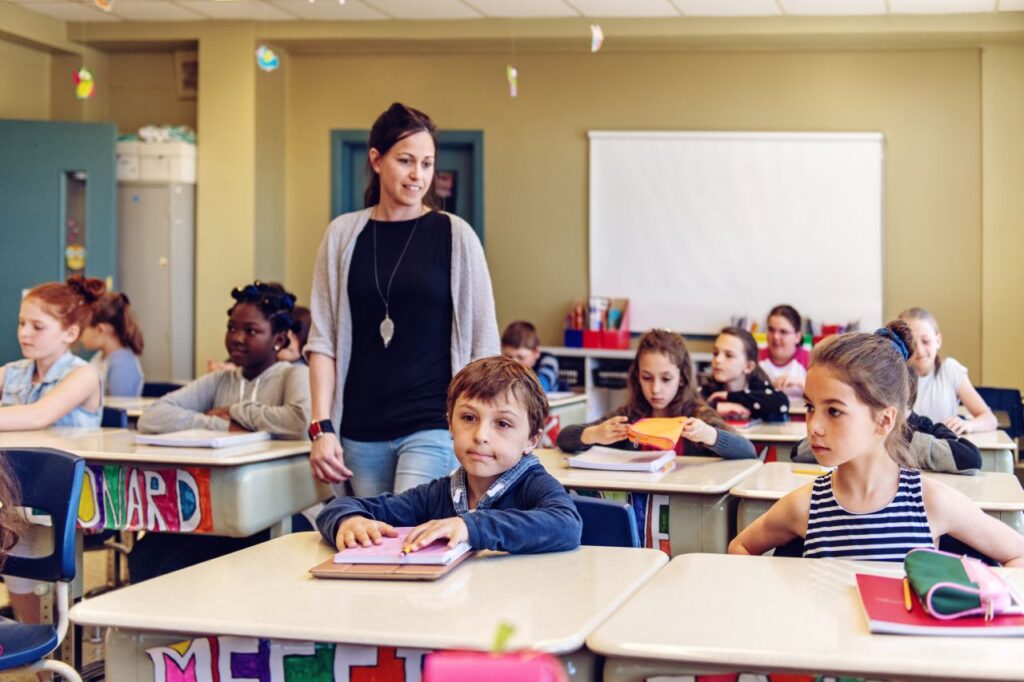
So, what can teachers do right away to deal with this reality? We will now discuss efficient methods for handling and teaching large classes to help children grow.
Remember their names
The more children you have in a class, the harder it is to recall their names. However, to avoid giving the impression that you are overwhelmed by the number of students, it is best to show them that you are casually learning their names. Students feel comfortable and connected when the teacher memorizes all their names. Teachers must approach children with this as a priority from the start.
Define rules for large classes
Large classes require discipline and order. Firm rules of conduct must be established and communicated to all students. Also, they have to follow them. For example, teachers can determine student seating arrangements. Students will be less confused when they cannot decide or find their seats. Teachers can better manage and communicate with students in an organized environment.
Active class
If teachers want their students to concentrate, they should not simply stand in front of a blackboard or whiteboard. Imagine having a group of students in front of you who are prone to losing their focus. Can you manage their behavior by simply standing there? This is very difficult.
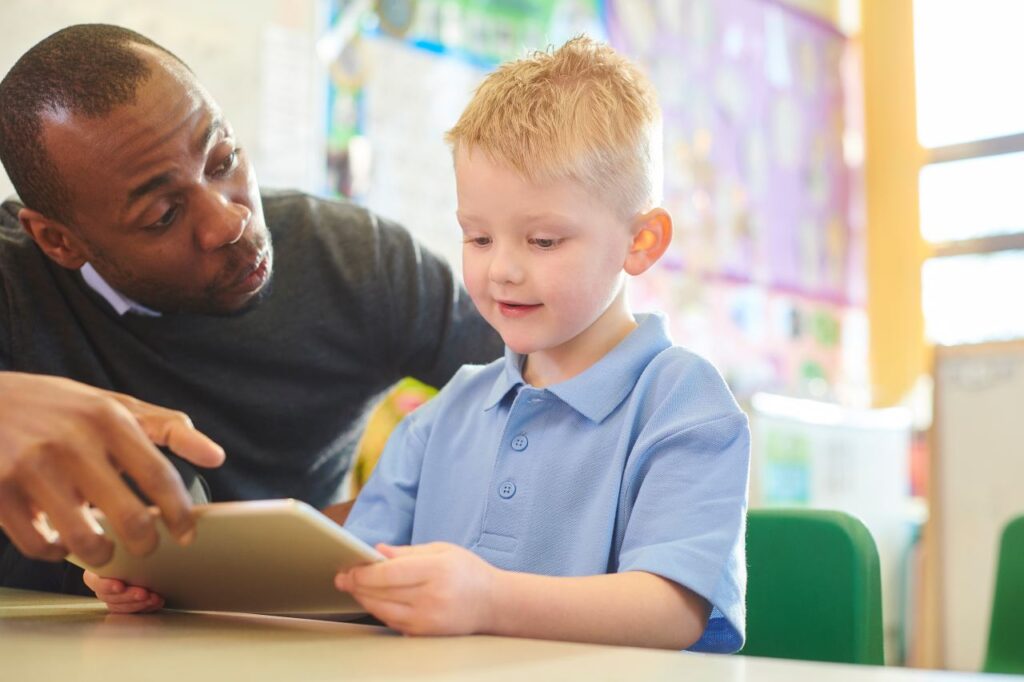
While giving a lecture, you can move around the classroom to ensure that all students feel as if you are right next to them. The more connected to you, the more they will focus on you.
Make a plan
Teachers must meticulously plan their lessons, activities, and homework. Before each class, consider what you will do and how much time you will devote to each topic. Also, you must follow that plan.
However, even the best plans can fail. There are more variables when teaching large classes. Some students may require extra assistance. Even if various situations disturb the initial plan, teachers must plan ahead and always prepare a plan B. Teachers must remain calm in any new scenario, and good planning can help them do so.
Accessibility to resources
The larger the class, the more likely students will be perplexed or have difficulty understanding the assignment. These students don’t know how and where to obtain information. In that case, students should be able to approach the teacher at any time with questions or request information. But first, teachers must ensure that all students have easy access to the resources they need.
Encourage all students to participate
Participating in large classes can be challenging for some students. Students who are shy, anxious in front of a large group of children, or unable to communicate effectively might not be able to participate in learning more than other engaged students. It may be difficult for teachers to evaluate learning equally.
Therefore, teachers in large classes must grasp each student’s level of learning and encourage them to participate during the learning process. Students can sometimes be divided into teams to promote collaboration. Teachers can also encourage students who find it difficult to fit into a team to participate by placing students who can provide support on the same team. Teachers might also create new curricula or tools to engage students.
Conclusion: digitalization in teaching large classes
Teaching large classes is not easy. However, as technology has advanced, schools are shifting from the existing traditional framework and introducing new tools and systems. Teachers can effectively transform their teaching by appropriately incorporating them into their classes.
How? With AllviA solutions, the entire process is simplified!
Focus on structure and consistency
Establishing clear and consistent expectations, procedures, and routines is the only way to manage a large class effectively. Teachers must follow through on this regularly.
Digitalizing learning is highly beneficial to teachers in this context. Teachers can create a more consistent and clear learning curriculum using the AllviA solution’s learning materials and programs. In addition, by providing all students with the same digital platform, they can adhere to simple, clear procedures and routines. This can have significant advantages in teaching large classes.
Start class with a warm-up
When class begins, teachers waste too much time waiting for students to settle down and focus. Therefore, students should choose a program that helps them quickly warm up and focus. Plus, nothing makes students more disorganized and unfocused than a boring lecture. To keep your classes exciting, encourage your students to warm up using a variety of AllviA solutions programs and resources! AllviA has the necessary resources to make this happen.
Track student learning
Teachers find it challenging to track the learning progress of students who are hesitant to participate in class because they are shy, timid, or unable to communicate effectively.
Teachers’ time and resources, however, are limited. The AllviA solution’s automatic learning analysis report system can be very beneficial. The AllviA solution examines students’ class progress and learning ability in real time. It can also clearly and visually assess it and deliver it to teachers at any time. Teachers can use this to determine if students are following up. They can then adjust the curriculum depending on this.
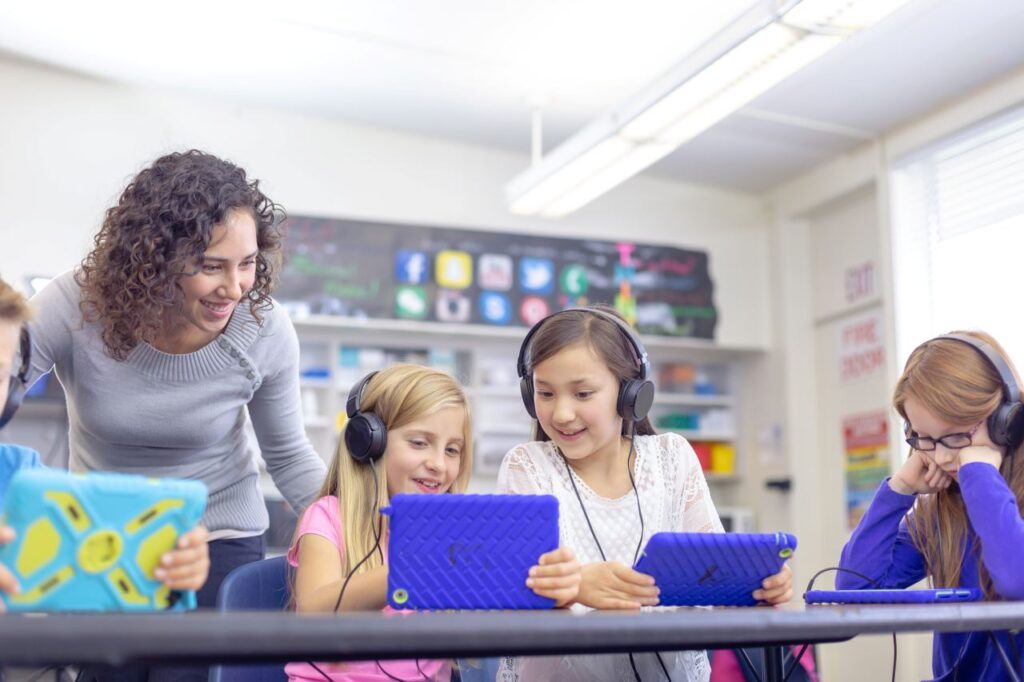
Creativity-based communication
The lack of time to get to know students individually is one of the biggest problems of teaching large classes. Teachers should make an effort to interact with all of the students. This process needs creative solutions. Digitalization of learning can sometimes be a creative answer to a problem. The AllviA solution allows teachers to monitor their students’ entire learning process and get closer to them.
Would you like to learn more about how AllviA solutions can help teachers reach their students in more diverse and creative ways?
Communicate with AllviA right now!

